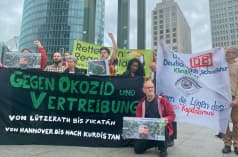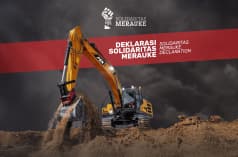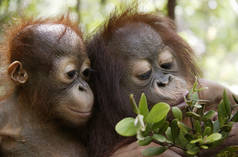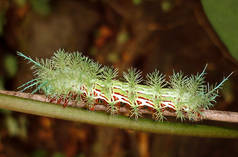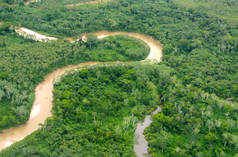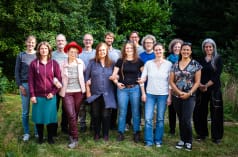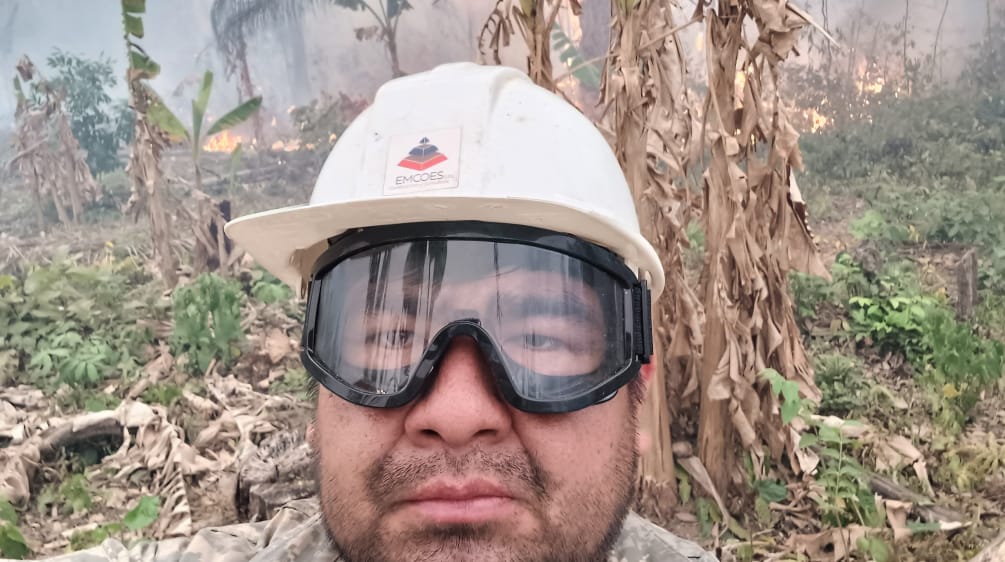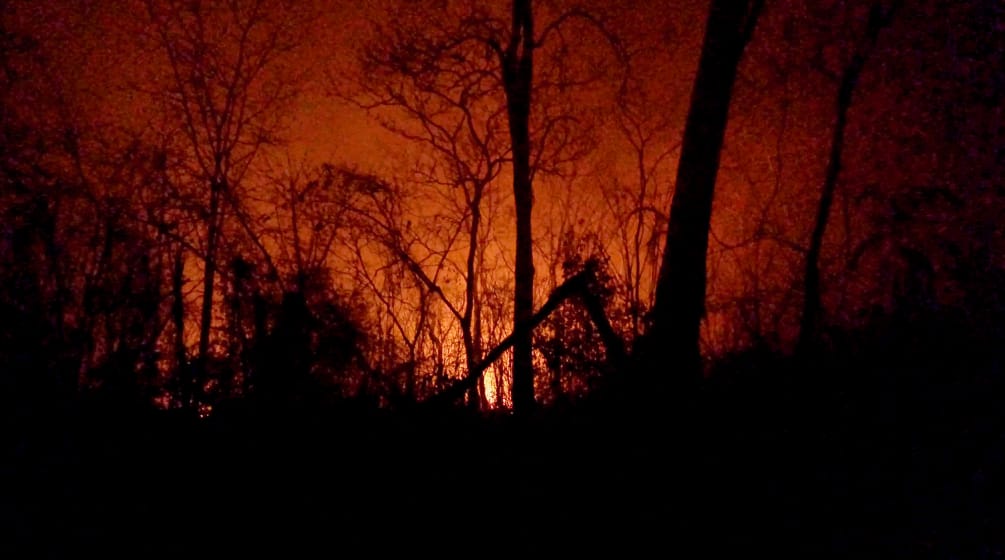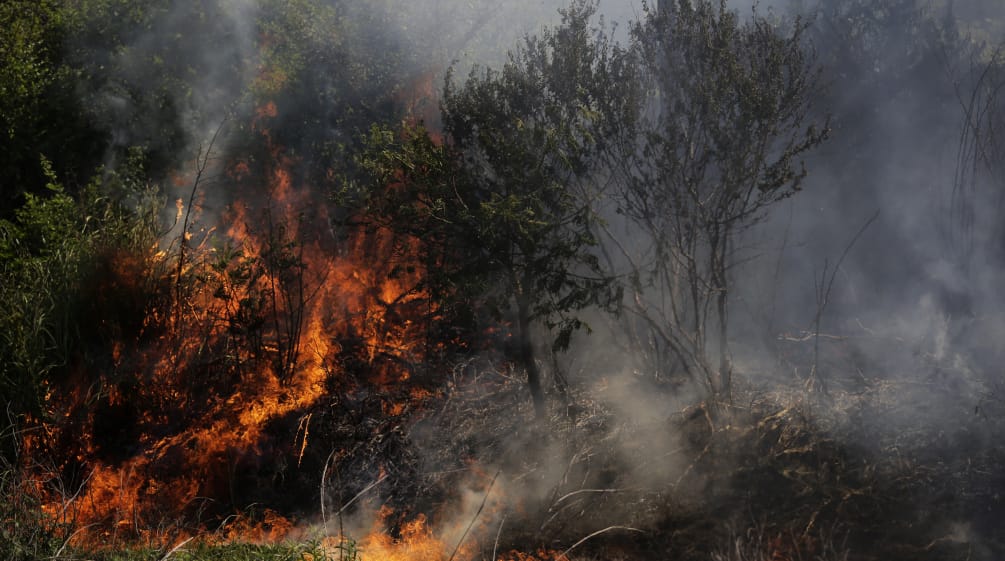South America: Going up in smoke for more cattle and soy
Sep 27, 2024
Despite countless declarations to protect the Amazon rainforest, the planet’s green lung is going up in smoke. Much of South America is suffering from drought, and fires are being set to clear the forest for cattle ranching and industrial monocultures such as soy. In Brazil and in the forests of Chiquitania in Bolivia, people are fighting the flames.
“While during the dry season only the trees on the ground are usually burned, this year the loggers are setting fire to the rest of the rainforest,” explains Alessandra Munduruku, an Indigenous woman from the Brazilian state of Pará, during a visit to Berlin, Germany.
“Because of the drought, the vegetation is burning like tinder. And now we’re running out of drinking water.” The rainforest’s rivers are polluted by the huge amounts of silt left behind by the gold miners’ dredges and suction pumps, as well as by the highly toxic mercury used to bind the gold grains.
Alessandra proposes a project to drill deep wells in the rainforest with donations. However, the cost of transporting the heavy equipment and materials into the rainforest is enormous and almost impossible to cover in the short term.
The Ka’apor people replant the rainforest
The Indigenous Ka’apor people in the Brazilian state of Maranhão are also threatened by the advancing agricultural front. Here too, in the extreme southeast of Amazonia, cattle ranchers are setting fire to the vegetation.
The fires, recklessly set on the edge of the Ka’apor territory, run into the state-recognized and demarcated indigenous land of Alto Turiacu. It rises like a green island from a sea of destruction. The Ka’apor are desperately trying to stop the flames. They too are on their own, with no support from the fire department or the state.
With donations from Rainforest Rescue, they set up tree nurseries in their villages. They grow seedlings from tree seeds they collect in the jungle. Later, they plant them in the burned areas.
The Guarayo people in Chiquitanía, Bolivia
Two thousand kilometers away, on the southwestern edge of the Amazon region, fires are everywhere. “Every day I receive calls for help from my second home, the Amazon lowlands of Bolivia,” writes Christine Teske of Germany. She is an honorary member of the Guarayo Indigenous musicians in the Bolivian jungle.
“The small village of Urubicha in the Chiquitanía, a jungle region in eastern Bolivia, is surrounded by flames. The music of these people is protected by UNESCO, and the music school I have supported for years is known far beyond the borders.
But the people, the forest, the flora and fauna are left to fend for themselves. A state of emergency was declared in mid-September, but the firefighting planes are not coming. It is estimated that between three and four million hectares of Bolivian land have burned, and there is no rain in sight.
People are desperate. The Amazon rainforest, the most biodiverse area on our planet, is being destroyed for profit. Almost all of the forest fires are set by humans to make room for cattle ranches and farmland. Unfortunately, Bolivian politicians have not passed laws that prohibit slash-and-burn agriculture.
The wind carries the flames, and new fires start all the time – all of Chiquitanía is burning. People help the firefighters who finally arrived. But most of them only have flip-flops on their feet or completely broken shoes!
The smoke makes people sick – they are completely weakened and suffer endlessly. They desperately need medicine for respiratory problems, inflamed eyes, diarrhea, stomach and intestinal problems – and food.
The musicians desperately continue to play their instruments. They don’t want to leave their village, they are afraid that their beloved music school, violin making school, crafts school and instruments will burn down.
But nowhere is attention being drawn to the desperate situation of the people, and no help is coming from anywhere. Meanwhile, large parts of the forest have burned down without the world knowing. It’s so bad!” Christine Teske concludes.
The rainforest fires in numbers
According to official figures, ten million hectares of the Brazilian Amazon rainforest have burned so far this year, and 11 million hectares of the adjacent Cerrado savannah to the south. In the lowlands of Bolivia, forest fires are raging across four million hectares of land. This is equivalent to the area of the United Kingdom. 99 percent of the fires are caused by humans, only one percent by lightning.
